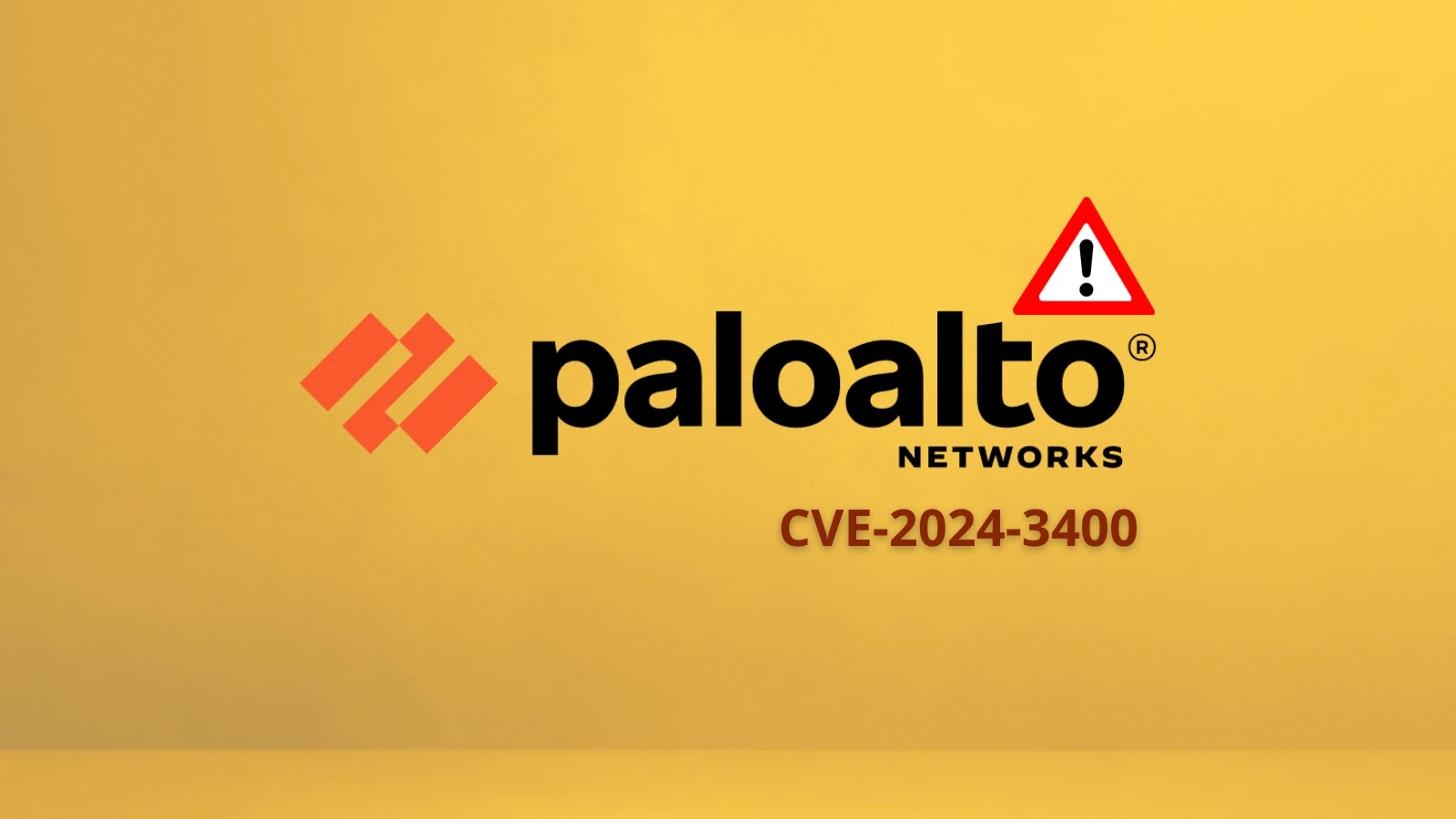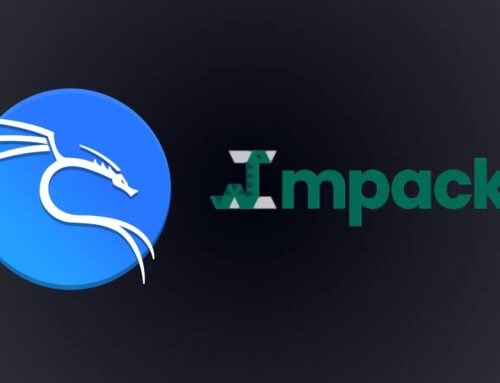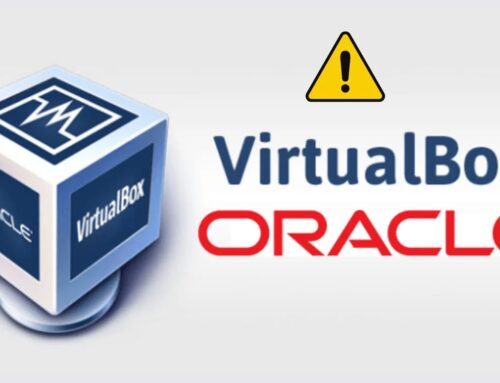
Hackers Actively Scanning to Exploit Palo Alto Networks PAN-OS Global Protect Vulnerability
Urgent Alert: Hackers Intensify Scans for Critical Palo Alto Networks PAN-OS GlobalProtect Vulnerability
In the evolving landscape of cyber threats, proactive defense is paramount. An alarming trend has emerged recently: a significant surge in internet-wide scans specifically targeting a critical vulnerability in Palo Alto Networks PAN-OS GlobalProtect. This vulnerability, identified as CVE-2024-3400, poses a severe risk to organizations relying on these firewalls for network security. The increased probing by malicious actors signifies an imminent threat of widespread exploitation, demanding immediate attention from IT and security professionals.
Understanding CVE-2024-3400: The GlobalProtect Flaw
The vulnerability at the heart of this alert is CVE-2024-3400 (CVE-2024-3400), affecting Palo Alto Networks PAN-OS GlobalProtect. This critical flaw is an arbitrary file creation vulnerability, which, if successfully exploited, can lead to much more severe consequences. Attackers can leverage this initial entry point to achieve OS command injection, ultimately gaining full root code execution on compromised firewalls. The implications are severe, including potential data exfiltration, complete network compromise, and disruption of critical services.
Security researchers have observed a noticeable escalation in exploitation attempts since late April, indicating that active attacker groups are integrating this vulnerability into their toolkits. The focus on GlobalProtect, often an internet-facing component of a firewall, makes this vulnerability particularly dangerous, as it can be attacked remotely without prior authentication.
The Escalation of Exploitation Attempts
Initial reports of CVE-2024-3400 surfaced with evidence of targeted attacks. However, the current situation has evolved dramatically, with security firms and threat intelligence platforms reporting a marked increase in opportunistic scanning. This internet-wide scanning activity suggests that attackers are moving beyond targeted campaigns to identify and compromise any vulnerable instance they can find. This shift from targeted to widespread scanning is a critical indicator of an impending wave of attacks, as adversaries automate the process of finding and potentially exploiting susceptible systems.
Organizations must understand that perimeter defenses, such as firewalls, are prime targets. A compromise at this level can bypass numerous internal security controls, making the firewall itself a beachhead for further malicious activities within the network.
Affected Products and Versions
While the initial information indicated specific versions, it is critical to consult official Palo Alto Networks advisories for the most accurate and up-to-date list of affected PAN-OS versions and configurations. Generally, vulnerabilities in GlobalProtect components of PAN-OS are a concern. Always refer to the official vendor security bulletin for the definitive scope.
Remediation Actions: Securing Your PAN-OS GlobalProtect Gateways
Given the critical nature and active exploitation attempts, immediate action is required to mitigate the risk posed by CVE-2024-3400. Below is a list of essential remediation steps:
- Apply Patches Immediately: The most crucial step is to apply the official security patches released by Palo Alto Networks for CVE-2024-3400. Prioritize patching internet-facing GlobalProtect gateways first.
- Implement Threat Prevention Signatures: Ensure your Palo Alto Networks next-generation firewalls have the latest threat prevention signatures enabled and updated. These signatures can often provide some level of protection against known exploit patterns.
- Monitor Logs for Suspicious Activity: Actively review logs from your GlobalProtect gateways and other network devices for any unusual activity, such as unexplained file creation, unusual process execution, or outbound connections to unknown IP addresses.
- Isolate and Segment Vulnerable Systems: If immediate patching is not feasible, consider temporarily isolating or segmenting vulnerable GlobalProtect instances from the broader network to limit potential lateral movement in case of a compromise.
- Review Access Controls: Ensure that only necessary personnel and systems have access to manage your firewall infrastructure. Implement strong authentication mechanisms, including Multi-Factor Authentication (MFA).
- Incident Response Plan Activation: Be prepared to activate your incident response plan if a compromise is detected. This includes isolating affected systems, conducting forensic analysis, and restoring operations from clean backups.
Tools for Detection and Mitigation
Utilizing the right tools can significantly enhance your ability to detect and mitigate threats like CVE-2024-3400. Here are some relevant tools:
| Tool Name | Purpose | Link |
|---|---|---|
| Palo Alto Networks Threat Prevention Subscriptions | Provides intrusion prevention capabilities by detecting and blocking known exploit patterns. | Palo Alto Networks |
| Palo Alto Networks Logging Service / Cortex Data Lake | Centralized collection and analysis of firewall logs for threat detection and forensics. | Palo Alto Networks |
| Vulnerability Scanners (e.g., Tenable Nessus, Qualys, Rapid7 InsightVM) | Identifies unpatched systems and known vulnerabilities across your network infrastructure. | Tenable Nessus | Qualys VMDR | Rapid7 InsightVM |
| SIEM Solutions (e.g., Splunk, Microsoft Sentinel) | Aggregates security data for real-time monitoring, correlation of events, and alert generation. | Splunk | Microsoft Sentinel |
A Call to Action for Network Defenders
The active scanning and exploitation attempts for CVE-2024-3400 underscore a critical message for all organizations: patching and proactive security hygiene are non-negotiable. The window of opportunity for attackers to exploit this vulnerability is narrowing as more organizations apply patches, but those who delay remain at severe risk. Prioritize this vulnerability, initiate your patching cycles, and strengthen your monitoring capabilities to protect your critical network infrastructure from compromise.





